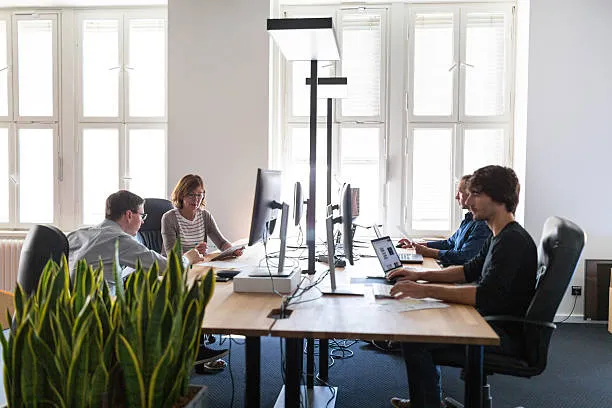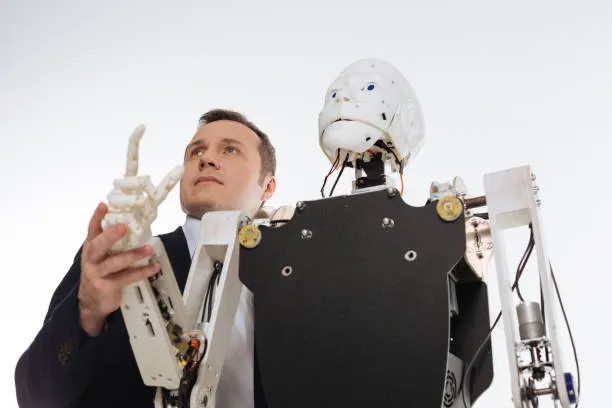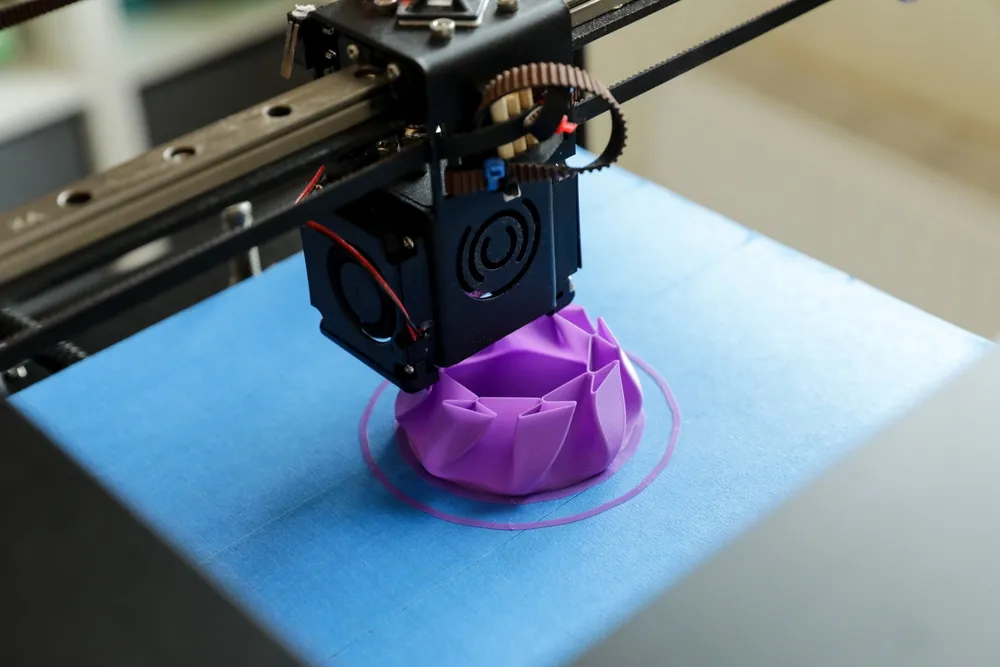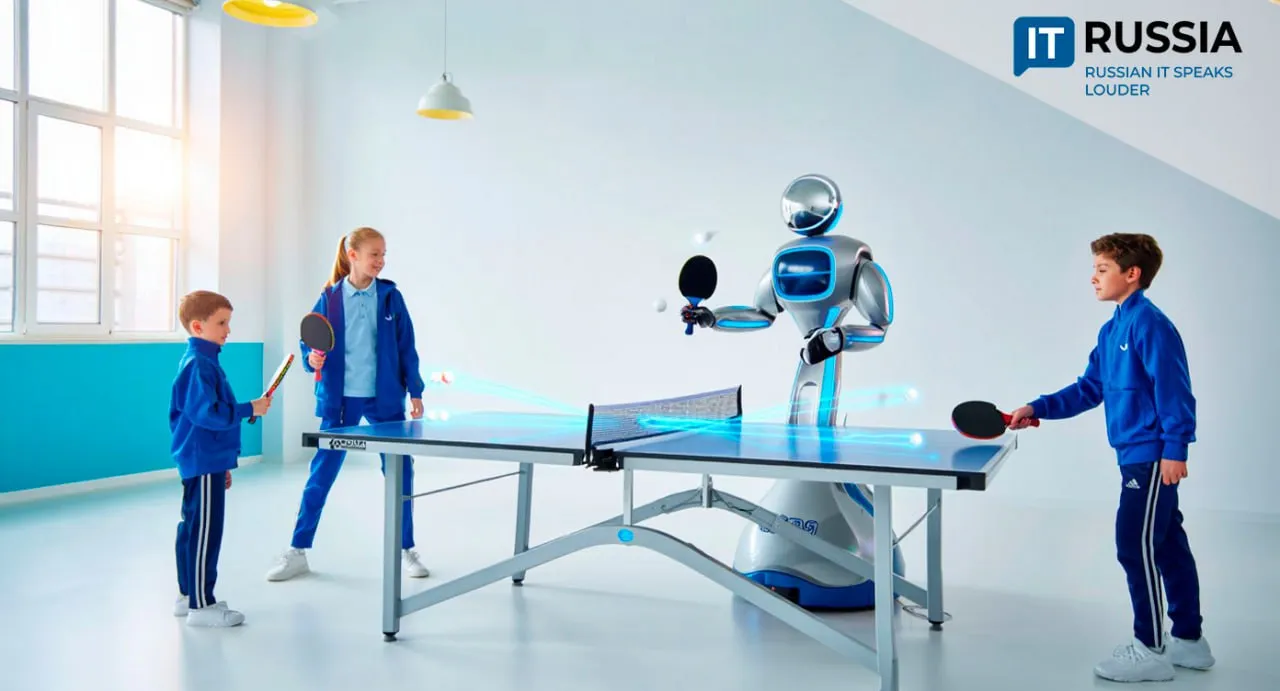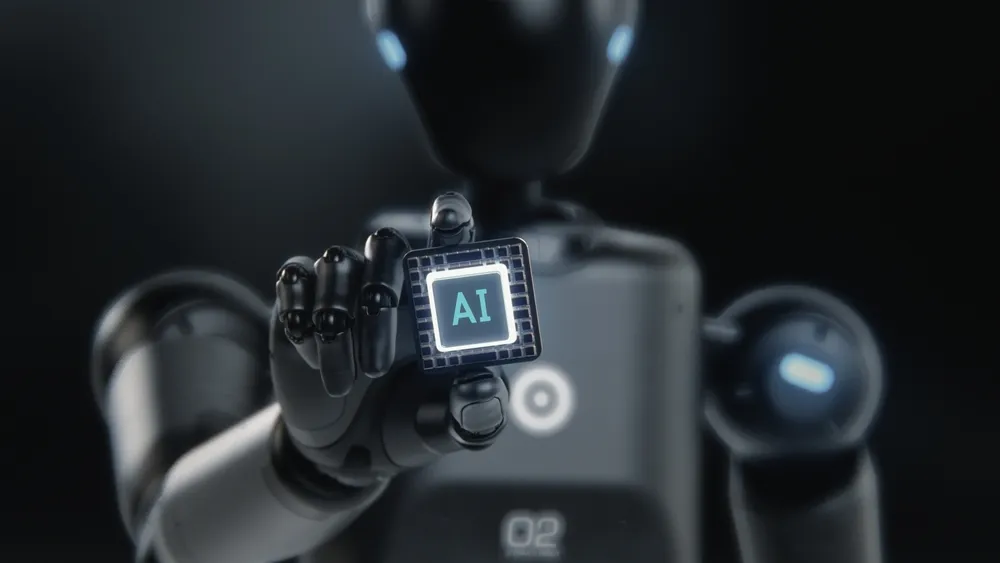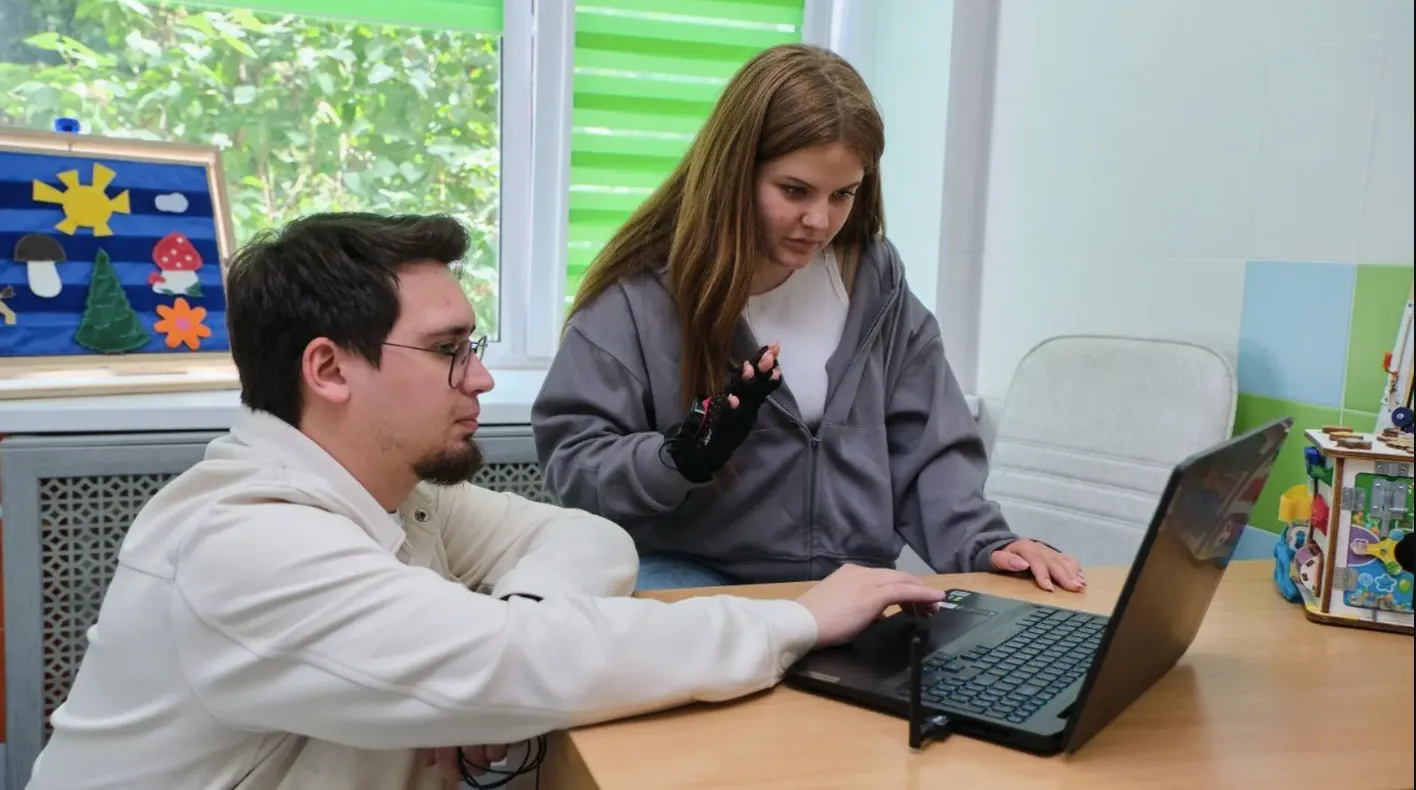Russian Scientists Build an AI-Powered ‘Material Constructor’ for the Future
Researchers at Perm National Research Polytechnic University have developed an artificial intelligence system capable of designing entirely new materials — combining maximum strength with minimal weight for aerospace, medicine, and energy applications.

Engineering Matter in 3D
Scientists at Perm Polytechnic University have unveiled a next-generation AI-based material design system. This digital ‘constructor’ can independently generate microstructures with unprecedented combinations of properties — like extreme strength paired with ultra-low weight. Such capabilities open new horizons for the aerospace, medical, and energy industries.
At its core, the technology creates three-dimensional ‘digital blueprints’ of materials optimized for internal architecture. Unlike traditional approaches, which rely on massive computational resources or simply mix known solutions, this AI system can generate entirely new — yet manufacturable — material structures.
The breakthrough lies in the combination of two complementary approaches. First, a neural network trained on libraries of existing materials learns the fundamental principles of structure formation in 3D. Then, a genetic algorithm identifies the best combinations, evaluating each by parameters such as strength and density.
Finding the Perfect Balance
The key outcome of the system’s work is the discovery of so-called ‘limit solutions’ — the perfect compromise between conflicting requirements.
From Theory to Practice
Practical tests have confirmed the method’s effectiveness. The AI-generated 3D microstructures outperformed materials from the original database, demonstrating a 15–20% increase in stiffness at the same density.
The development has strategic significance not only for Russia but globally. It could dramatically reduce the time and cost of creating new materials for critical applications — from bone implants to lightweight aircraft components and heat-resistant turbine blades.



